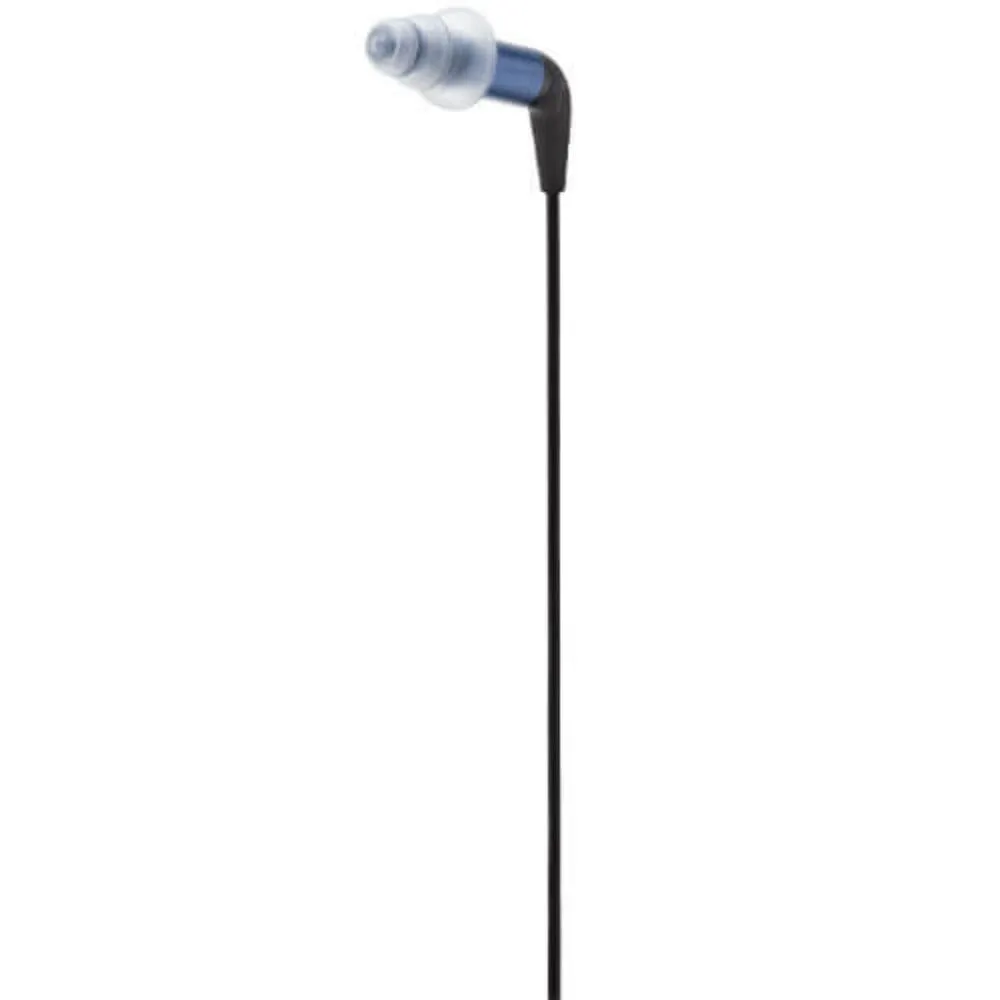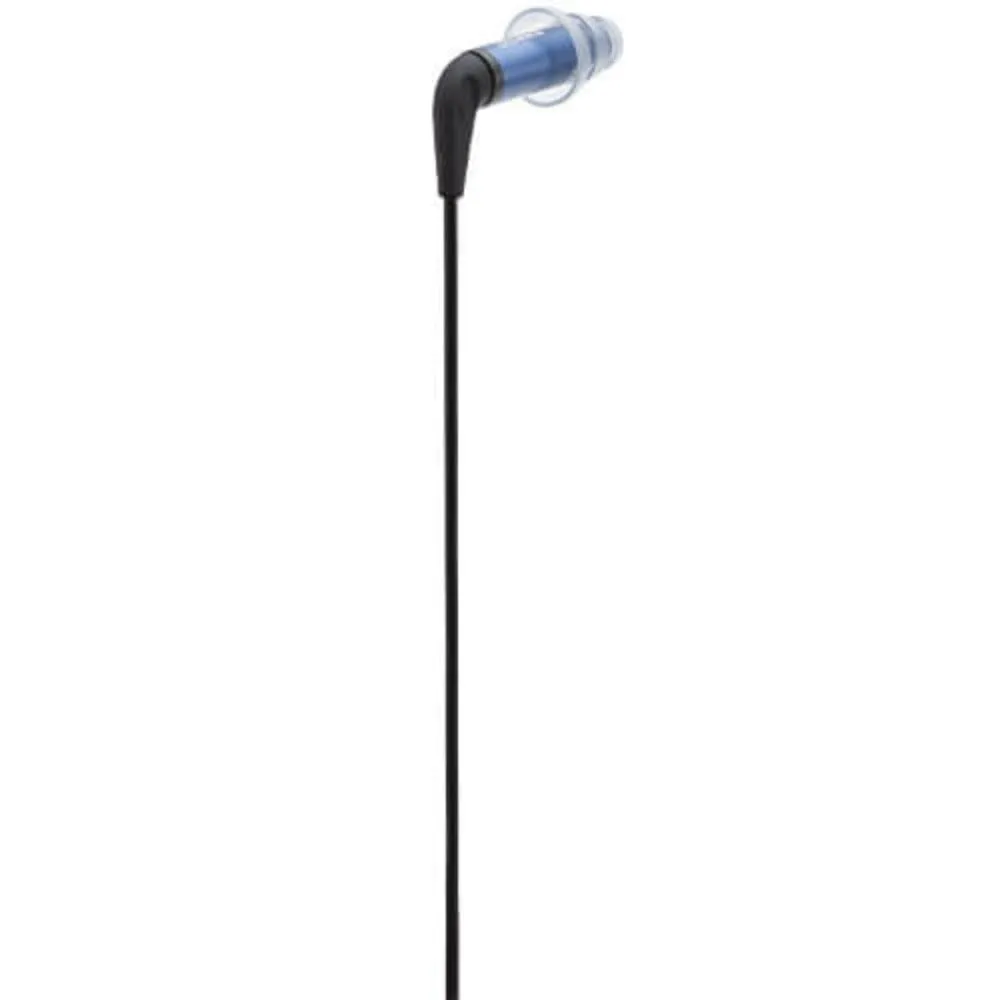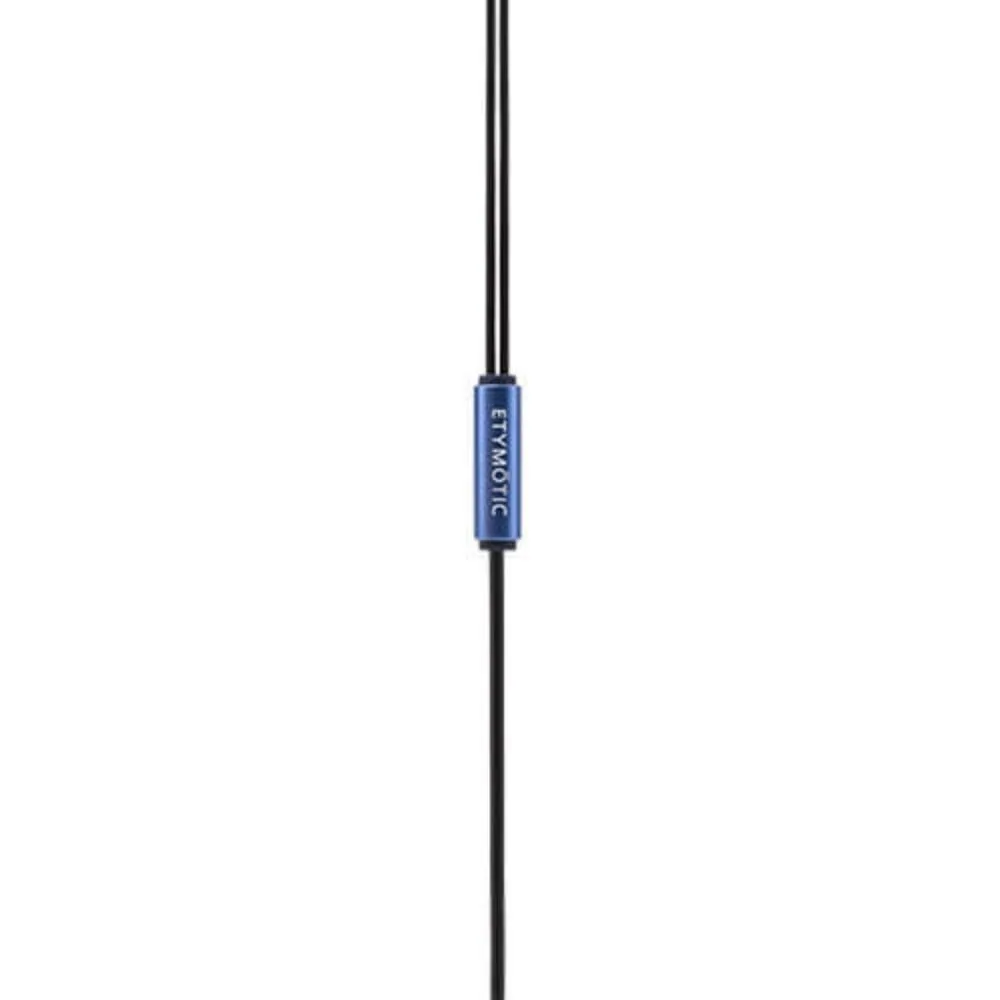Overview
The ER2SE offers Etymotic's renowned passive isolation, providing 35-42 dB attenuation. You will hear all the details in the music with lower volume levels that are safer for your hearing. The flat frequency response of the ER2SE will appeal to sound professionals and audiophiles alike. The ER2SE shells are made of anodized aluminum, CNC machined with extremely tight tolerances. Using a single dynamic driver allows for a very accurate IEM without the added complexity of crossovers, and helps keep the aluminum body small and slim. Included is a user-replaceable cable.
The ER2SE is ideal for sound engineers, audiophiles, and consumers on a budget, who are looking for in-ear monitors that are easy to drive while offering accurate audio reproduction.
Which ER2 is right for you?
the frequencies are practically identical to the ER2SE.Both ER2 models, the ER2SE and ER2XR, use the same low-impedance dynamic drivers. That means they are easy to drive, and no amplifier is required. The only difference between the 2 models is the tuning of the lower (bass) frequencies. The “Studio Edition” ER2SE is tuned to have a flat frequency response. The “eXtended Response” ER2XR is tuned to have an emphasized bass, adding 1-2dB to the mid-bass and 3-4dB to the sub-bass. The rest of
ER2XR is favored by those who enjoy the extra bass presence and body when listening to their music. The extra bass is done tastefully without turning the ER2XR into a bass heavy IEM.
Frequency response graphs and Etymotic's target:
The target curve that Etymotic is using for tuning our IEMs differs slightly from the Harmon preference curve. It was developed in-house more than 20 years ago, leveraging on our human hearing expertise and acoustics research.
Accurate Earphone Reproduction
When tuning in-ear monitors to accurately reproduce a recording of a live performance, our goal is for the sound hitting the eardrums to be identical to that at the original performance. To achieve this, the acoustic properties of the ear must be factored in. The acoustic resonance and horn effects of the ear change a flat audio signal entering the open ear into sound with a (2700 Hz) high-frequency boost, which is the same response heard at the eardrum in a typical ear. That is the reason for the “hump” in the frequency response graph, which assures the eardrums perceive a perfectly flat frequency response for all frequencies.


















